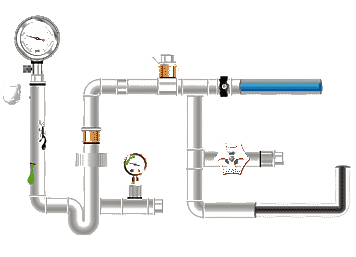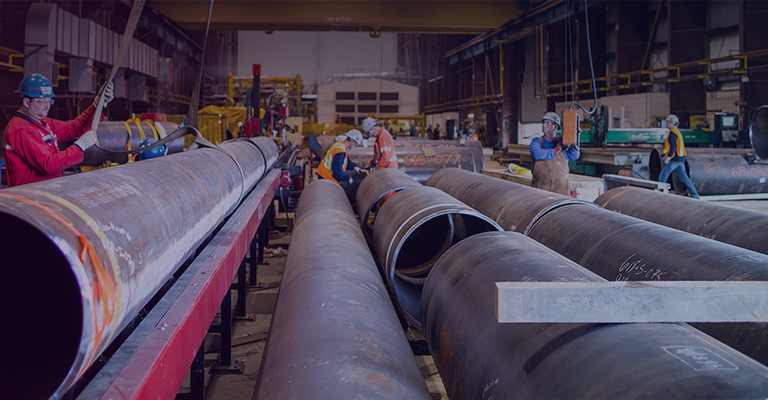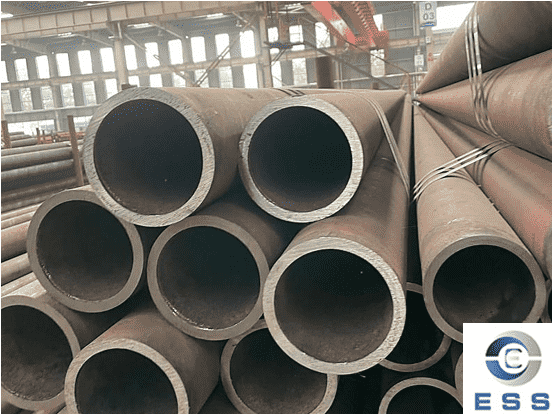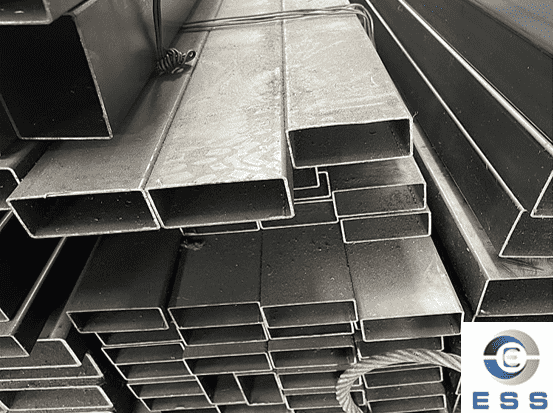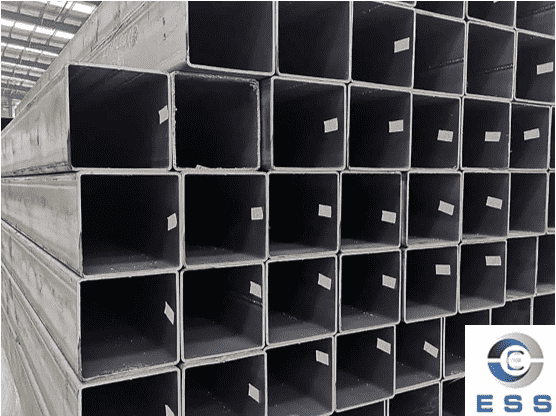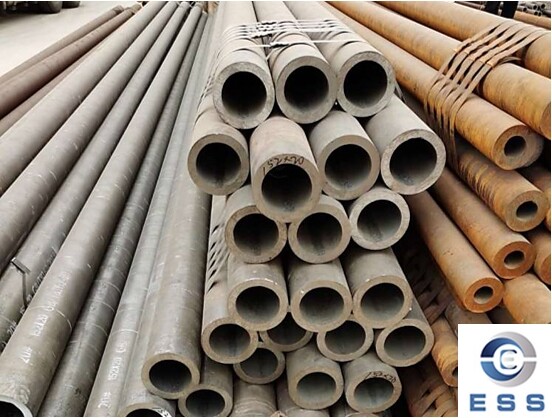
Welding
connection
Welding connection is a common connection
method for carbon
steel pipe. It is mainly suitable for occasions with high pressure and high
working temperature in the pipeline. There are mainly the following forms of
welding connection:
1. Butt welding connection
Butt welding connection is a connection
method formed by aligning two pipes and filling the gap with molten metal and
cooling. The carbon steel pipe connected in this way has a strong structure and
strong pressure bearing capacity, but the connection process is relatively
complicated.
2. Socket welding connection
Socket welding connection is a connection
method formed by inserting a flat pipe at one end into another carbon steel
pipe, and then filling the gap with molten metal and cooling. This connection
method has a relatively simple structure and convenient operation, but there is
a gap between the socket, which affects the pressure bearing capacity.
Advantages of welding connection
The welding connection is tight and
reliable, with uniform force, can withstand high pressure, and is suitable for
high pressure, high temperature, high flow and high viscosity fluid
transportation.
Disadvantages of welding connection
The welding process is relatively
complicated, requiring experienced welders, corresponding equipment and
materials, and high cost.
Applicable scenarios of welding
connection
Applicable to occasions with strict
transportation requirements and high sealing requirements, such as petroleum,
chemical, power and other industries.
Threaded connection
Threaded connection is a common and
convenient connection method, suitable for low-pressure, low-temperature,
small-diameter carbon steel pipes. There are mainly the following forms:
1. Internal thread connection
Internal thread connection is a way to
install a carbon steel pipe with an open end in a threaded sleeve and connect
it by tightening the nut. This connection method has a more uniform stress
distribution on the pipe and higher reliability.
2. External thread connection
External thread connection is a way to
connect a carbon steel pipe with a thread on one end in a threaded sleeve by
tightening the nut. This connection method has a simple structure, but has a
certain impact on the strength of the pipeline.
Advantages of threaded connection
Easy to install and disassemble, no
professional personnel are required, and it can be reused.
Disadvantages of threaded connection
The threaded connection has poor sealing
and is prone to leakage. Its use in high-pressure, high-temperature and
low-temperature liquid transportation will be limited.
Applicable scenarios of threaded
connection
Applicable to low-pressure, non-corrosive,
non-explosive water, gas and other transportation occasions.
Flange connection
Flange connection is a detachable
connection method, which is mainly suitable for high pressure, high
temperature, large diameter, and occasions that need to be disassembled
frequently. There are mainly the following forms:
1. Flat welding flange connection
The flat welding flange connection is a way
to fix the flanges at both ends of the pipeline with flat washers, screws,
etc., and connect them by tightening the screws. This connection method has
uniform connection force distribution and good sealing, but the connection
process is relatively complicated.
2. Butt welding flange connection
Butt welding flange connection is a
connection method in which the pipe flange stands opposite to the two ends of the pipeline, and the connection is achieved
by tightening the screws of the butt welding flange. This connection method is
easy to operate, but there are certain restrictions on the diameter and wall
thickness of the pipeline.
Advantages of flange connection
The flange connection is tight and
reliable, easy to operate, reusable, and suitable for high pressure and high
temperature transportation.
Disadvantages of flange connection
The installation process is relatively
complicated, requiring the use of professional tools and operations, which
increases the cost to a certain extent.
Applicable scenarios of flange
connection
Applicable to high temperature and high
pressure transportation, such as thermal transportation, chemical and petroleum
pipelines.
Bayonet connection
The bayonet connection is a connection
method based on the bayonet principle, which is mainly used in hot water,
heating, air conditioning and other fields. Bayonet connection mainly has the
following forms:
1. Elastic sealing bayonet connection
The elastic sealing bayonet connection is a
way to cut a "V" groove at a certain angle at the end of the pipe
section, clamp it on the flange structure with a clamp, and achieve connection
by tightening the flange bolts. This connection method has a simple structure,
quick installation, and excellent sealing.
2. Pressure sealing bayonet connection
The pressure sealing bayonet connection is
a way to cut a "V" groove at a certain angle at the end of the pipe
section, and use the clamp and flange structure together to form a bolt-type
connection. This connection method has strong pressure bearing capacity and
good corrosion resistance, but the operation is more cumbersome.
Advantages of bayonet connection
Simple and quick installation, and
relatively cheap.
Disadvantages of bayonet connection
The clamp connection has poor sealing, and
it is difficult to meet the requirements of high-pressure and high-temperature
liquids, which is easy to cause oil leakage, liquid leakage and other problems.
Applicable scenarios of bayonet
connection
It is suitable for conveying small flow
liquids, such as tap water, hot water, etc.
Summary
The above are the four common connection
methods for carbon steel pipes. When choosing a connection method, it is
necessary to comprehensively consider factors such as different working
conditions, environment, pressure and fluid characteristics, and choose the
appropriate connection method to ensure the reliability and safety of the
pipeline system.









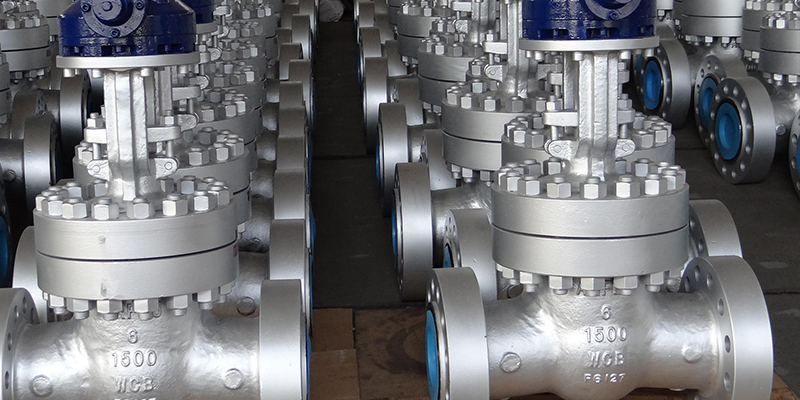
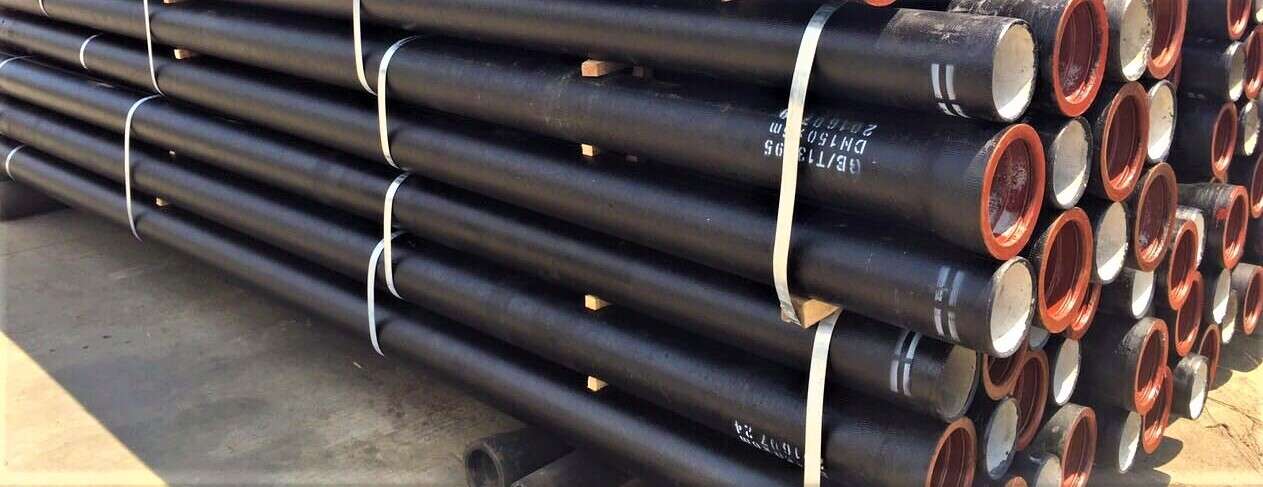


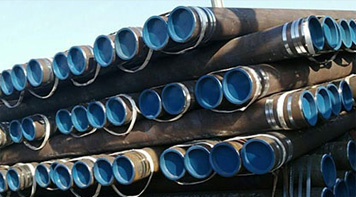 Eastern Steel Manufacturing Co.,Ltd not only improve product production and sales services, but also provide additional value-added services. As long as you need, we can complete your specific needs together.
Eastern Steel Manufacturing Co.,Ltd not only improve product production and sales services, but also provide additional value-added services. As long as you need, we can complete your specific needs together.
